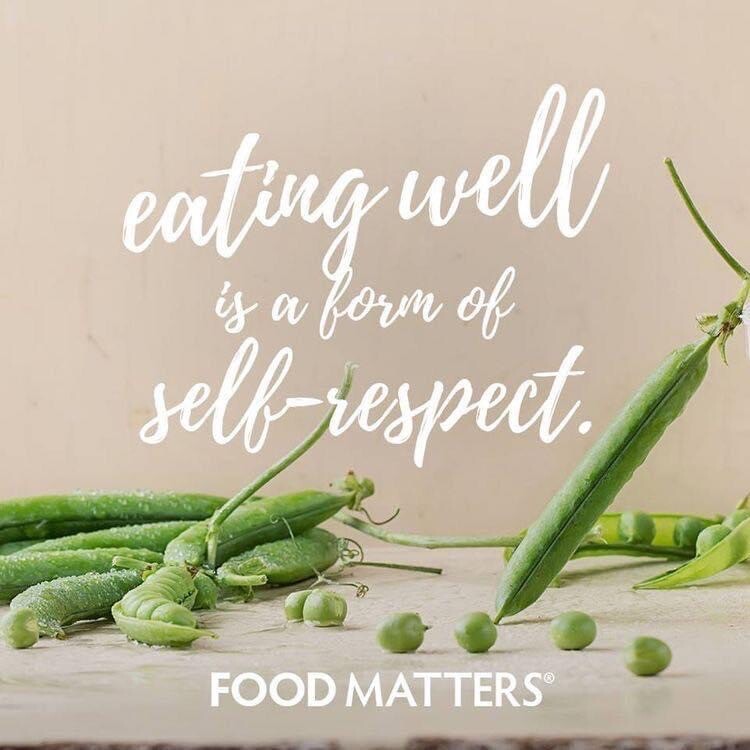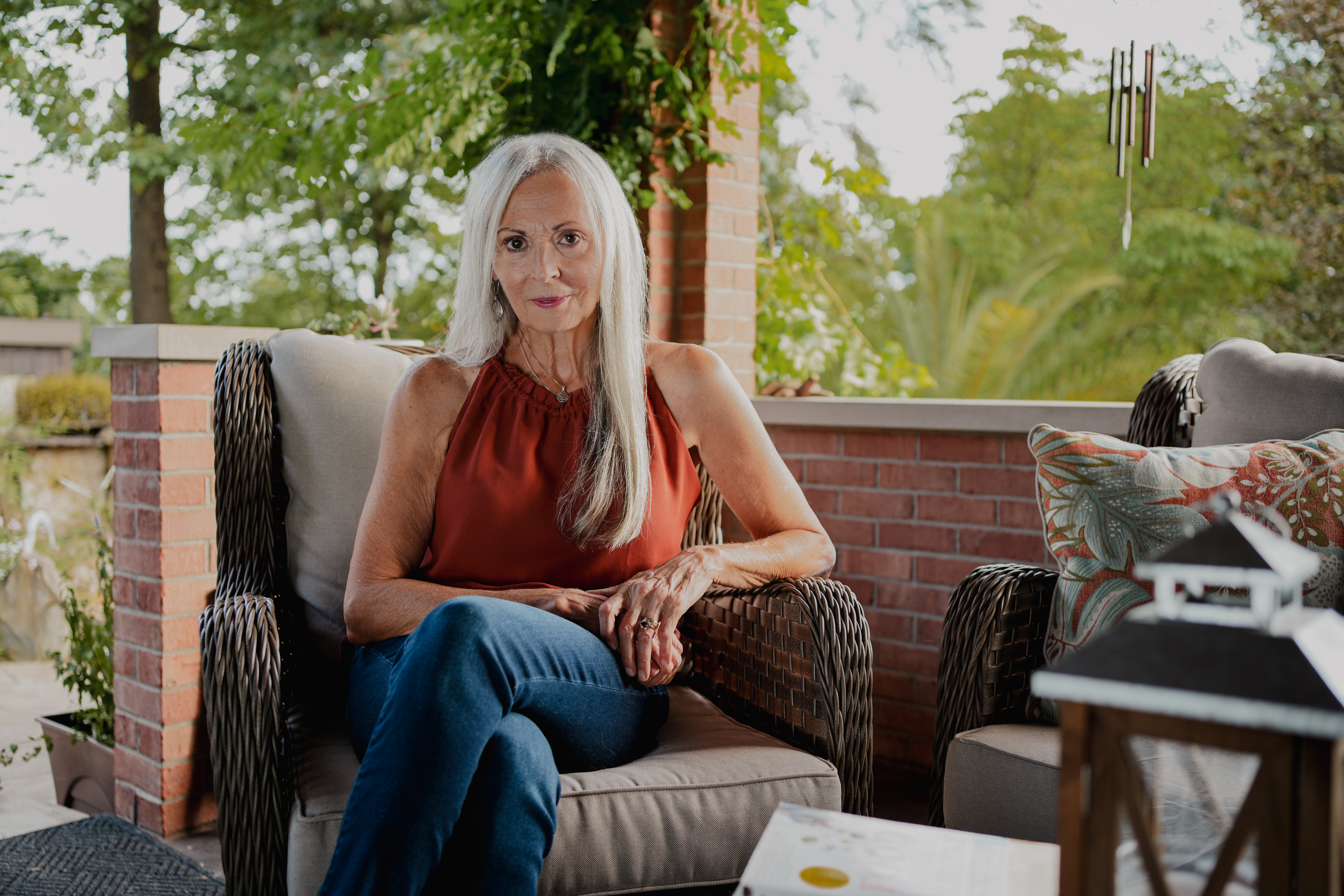
The Bone Broth Craze
One of the biggest promoters is The Weston Price Foundation and its followers. The organization features a section called “Broth is Beautiful” with many unsubstantiated health claims and recipes. Health claims include that fish broth helps boys to grow into strong men; can make childbirth easier and is a cure for fatigue. The website says that Americans need healthier fast food, and suggests that “brothals” in every town would be the answer to this need. The Foundation also states that some of the best ingredients for making bone broth are hooves, feet, and heads because they are the most gelatinous parts of animals. [1]
A new book by Weston Price disciples Sally Fallon and Kayla Daniel called Nourishing Broth provides even more folklore and is advertised as including the science behind broth’s unique ingredients, and how broth can heal pain and inflammation, improve digestion, reduce allergies, cure Crohn’s disease, help people with eating disorders, and even improve outcomes for cancer patients. [2]
People have been making broth for centuries, but it seems that only recently, and at the prompting of groups like the Weston Price Foundation, that magical properties have been attributed to it. Fallon and Daniel claim that boiling animal and fish bones, skin, cartilage, tendons, and ligaments results in a gelatinous liquid that promotes the growth of collagen and builds strong bones. They also claim that bone broth is a great source of two key amino acids – proline and glycine – which are important for maintaining collagen and healthy tissues.
There are several problems with these claims, one of which is that eating collagen does not promote collagen growth. Collagen, like everything else we eat, is broken down into many things, including its constituent amino acids, and the body uses them to make many things like enzymes and hormones, as needed. Furthermore, many other nutrients are needed to make collagen, and plants are much better sources of those nutrients than bone broth. Additionally, cystine and proline are non-essential amino acids which means that they are synthesized by the body and do not need to be consumed in food.
Fallon and Daniel state that part of the value of bone broth is that it is made at home from scratch, that home-made bone broth is better than store-bought broth, and that food prepared at home is generally always better. We all agree. However, there are much safer and more nutritious things to make at home that broth from the heads of dead animals.
Safety is an issue. While the nutrient content of bone broth varies, it can be quite high in both fat and protein from animal sources. I looked at several recipes online and protein per serving was as high as 16-20 grams, and fat content was as high as 50%. Research is quite clear that diets that include copious amounts of animal protein and fat increase the risk of diseases like coronary artery disease, diabetes, and cancer.
A significantly bigger concern is the potential for lead contamination as a result of consuming bone broth. Animal bones have been shown to contain high quantities of lead, and broths made with those bones have higher concentrations of lead than the water from which the bone broth was made. [3] The deleterious effects of excess lead exposure are well-known, which provides another reason to avoid bone broth.
[1] Weston Price Library
[2] Nourishing Broth
[3] Monro J, Leon R, Puri B. “The risk of lead contamination in bone broth diets.” Med Hypothesis 2013 Apr;80(4):389-390
Do you have leftover rice?
|





0 Comments